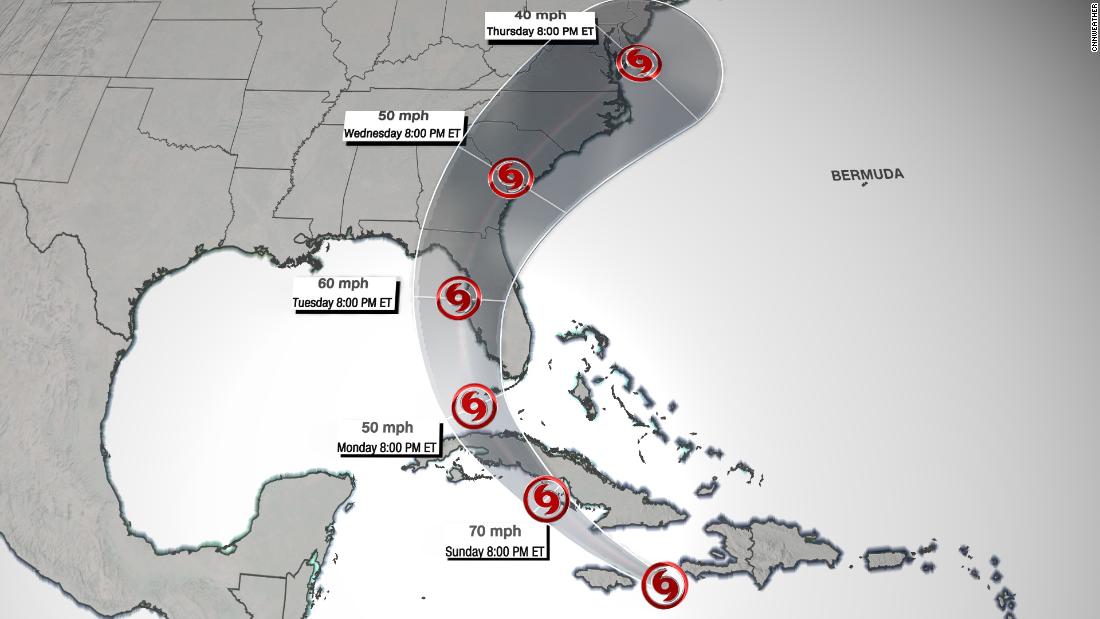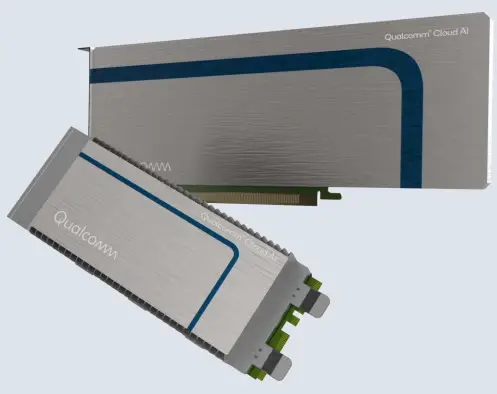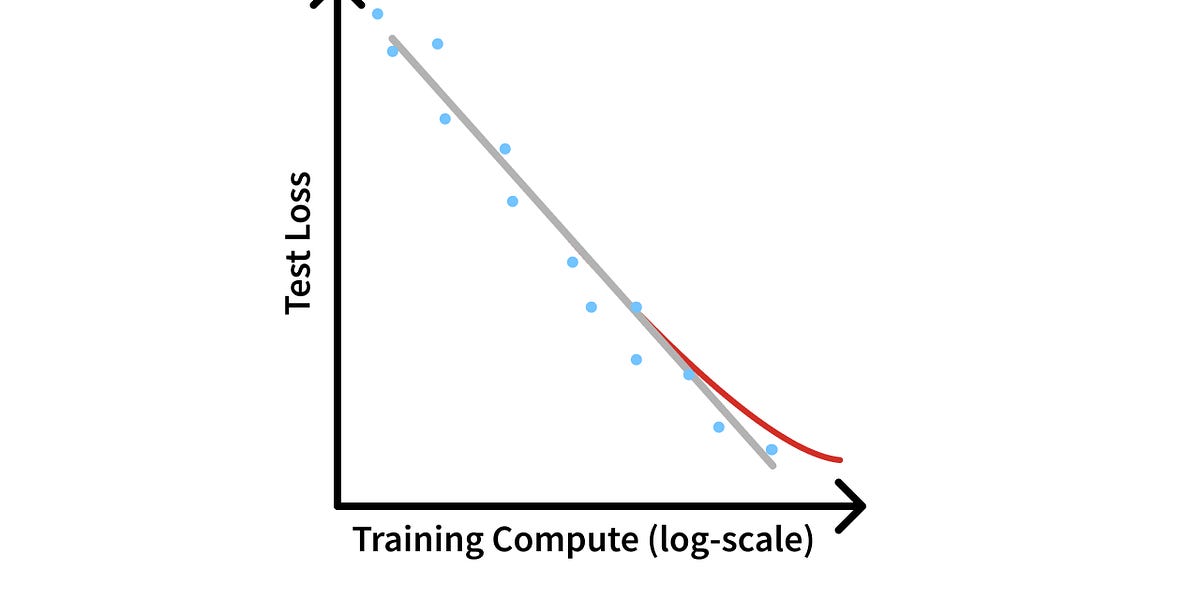
FERC Order Rejecting Co-Location of Nuclear Facility and Data Center Increases Uncertainty and Leaves Data Center Stakeholders Contemplating Alternative Paths
A recent decision by the Federal Energy Regulatory Commission (“FERC” or “Commission”) calls into question data centers’ access to sufficient electricity supplies to support their substantial and increasing electric demands. This decision, combined with FERC’s recent technical conference and other initiatives concerning co-locating large loads, has implications for the U.S.’s ability to maintain leadership in the artificial intelligence (“AI”) space and creates uncertainty about whether data centers will be able to interconnect to the U.S. grid on pace to meet demand. On November 1, 2024, two members of FERC’s five-member Commission rejected amendments to an amended interconnection service agreement (“Amended ISA”) that would have allowed the Susquehanna nuclear facility’s capacity to be dedicated to an on-site Amazon data center. In a 2-1 decision, the Republican members of the Commission (Christie and See) found that PJM Interconnection, L.L.C. (“PJM”), the grid operator responsible for filing the Amended ISA with FERC, failed to justify the requested amendments. FERC’s Democratic Chairman, Willie Phillips, dissented on the basis that the Amended ISA “represents a ‘first of a kind’ co-located load configuration that presents precisely the sort of specific reliability concerns, novel legal issues, and other unique factors that should have justified the filing of a non-conforming interconnection agreement.” The remaining two Democratic members of the Commission (Rosner and Chang) did not participate in the decision.
When PJM filed the Amended ISA on June 3, 2024, it set off an industry-wide response atypical of other filings of non-conforming interconnection agreements, which usually are non-controversial routine filings. The Amended ISA concerned the Susquehanna’s 2,520 MW nuclear generating facility that interconnects to the transmission system owned by PPL Electric Utilities Corporation within PJM’s region. Under the Amended ISA, Susquehanna would provide a co-located data center with all of its electricity needs such that the data center would not pull any power from the PJM grid. PJM’s filing of the Amended ISA prompted multiple challengers to file protests with FERC, including several major utilities that argued, in part, FERC’s acceptance of the Amended ISA would lead to detrimental cost shifting at the expense of utility customers. Challengers argued that the data center would be allowed to benefit from PJM’s transmission system without paying for it – shifting an estimated $140 million in transmission costs to other PJM customers.



















